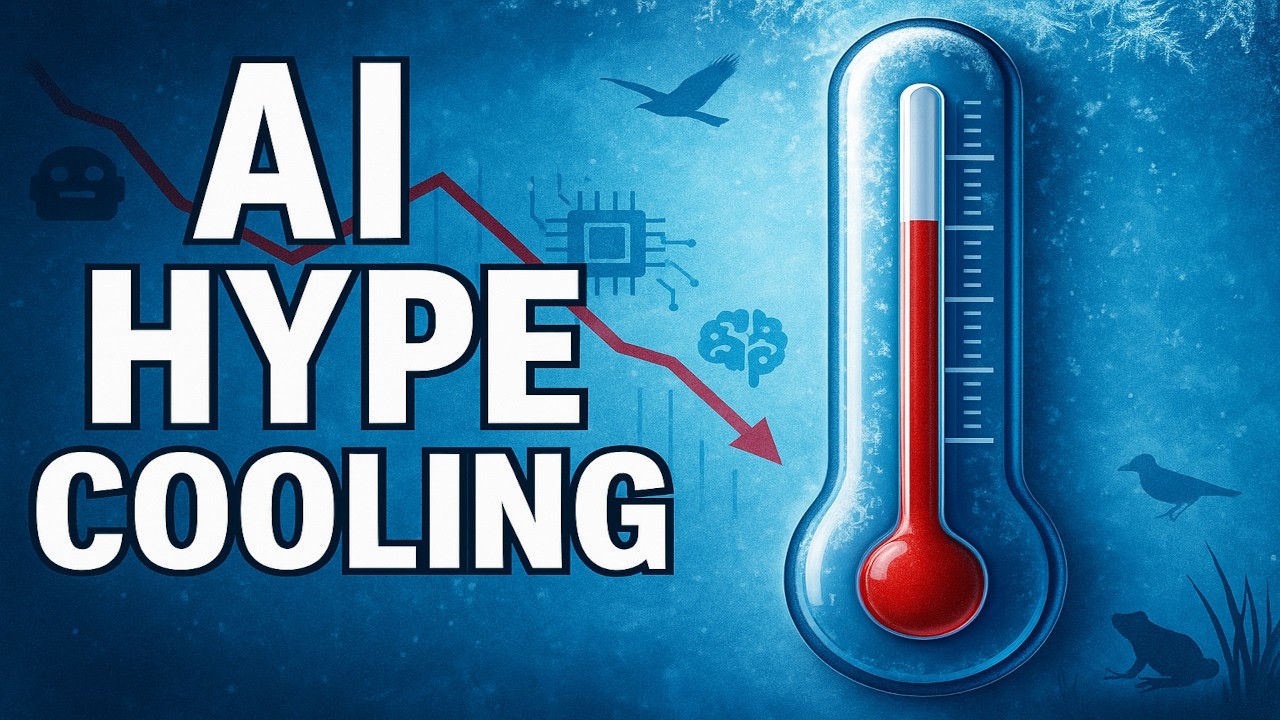The video uses the “bird and frog” analogy to illustrate shifting perspectives on AI, highlighting a move from hype-driven extremes toward a more balanced, nuanced understanding of AI’s technological advances and societal implications. It advocates for incremental progress, skepticism, and diverse dialogue to navigate AI’s complex impact on the future of work and society.
The video uses the business analogy of “the bird and the frog” to describe two perspectives on AI and its impact. The bird represents a high-level, big-picture view, while the frog is immersed in the detailed, technical aspects. The creator shares his personal journey from being a frog, focused on tutorials and coding with GPT models, to adopting a bird’s perspective, analyzing AI’s societal implications and future. Recently, he has shifted back toward a frog-like focus, concentrating on specific issues like post-labor economics, reflecting a broader maturation and normalization of AI discourse.
The video outlines the main camps in the AI conversation: doomers concerned with existential risks, skeptics who doubt AI’s transformative potential, and optimistic futurists who see AI as revolutionary. The creator admits to having been in the optimistic camp but acknowledges the influence of YouTube’s algorithm, which rewards hype and extremes. He notes a general cooling off from both hype and pessimism as the AI conversation matures, with many people adopting a more balanced, realistic stance. He also observes that some business professionals, especially on LinkedIn, remain behind the curve or overly negative despite their roles.
Addressing concerns from students and young people about AI invalidating their education and career prospects, the creator offers a candid perspective: much of what is learned in school becomes obsolete quickly, and adapting to new skills like prompt engineering is essential. He emphasizes the tension content creators face between staying true to their values and catering to audience expectations, which often favor sensationalism. This dynamic contributes to the polarization of opinions and the solidification of distinct “AI religions” or camps.
From a technological standpoint, the creator remains optimistic, citing recent advances such as China’s affordable humanoid robot and breakthroughs in robotic manual dexterity that surpass human precision. However, he tempers this optimism with Hofstadter’s law, reminding viewers that progress often takes longer than expected. He stresses that while technological milestones are being reached, social, political, and economic systems are not yet aligned with these changes, leading to friction and uncertainty about the future impact on jobs and society.
In conclusion, the creator advocates for incrementalism and a nuanced understanding of AI’s trajectory, recognizing the complexity of social systems and the importance of diverse perspectives. He values skepticism as a necessary societal function and believes that through collective dialogue and varied viewpoints, humanity will gradually reach a workable consensus on AI’s role. He invites viewers to engage with this more sober, balanced approach to AI discussion, moving away from hype and fear toward thoughtful reflection and realistic expectations.
